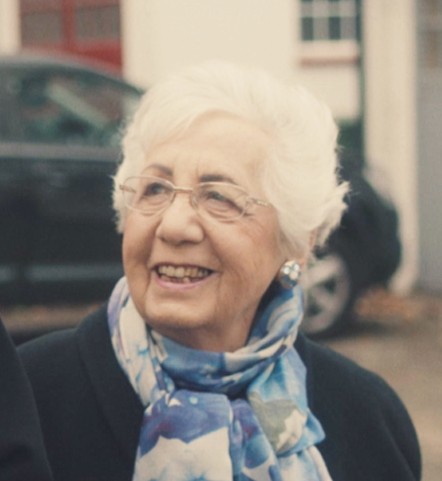
Secondary Kindertransport lesson plan
This lesson is suitable for 11–14-year-old students. Through testimony, artefacts and memorials it introduces the history of the Kindertransport – a programme that rescued 10,000 children from the Nazis. It is suitable for use in a range of subjects – such as History, Art and Design, English, RE, PSHE, Citizenship.




